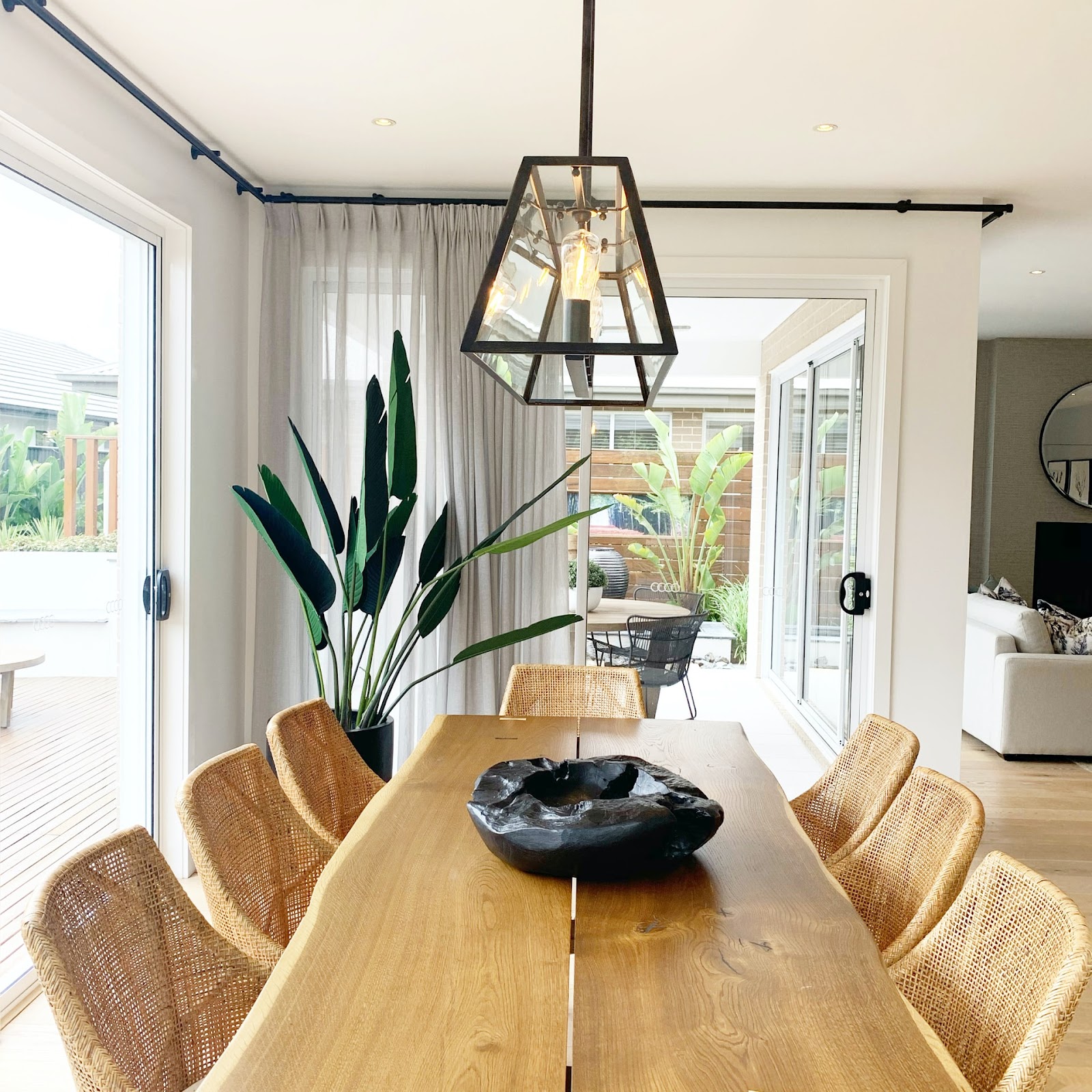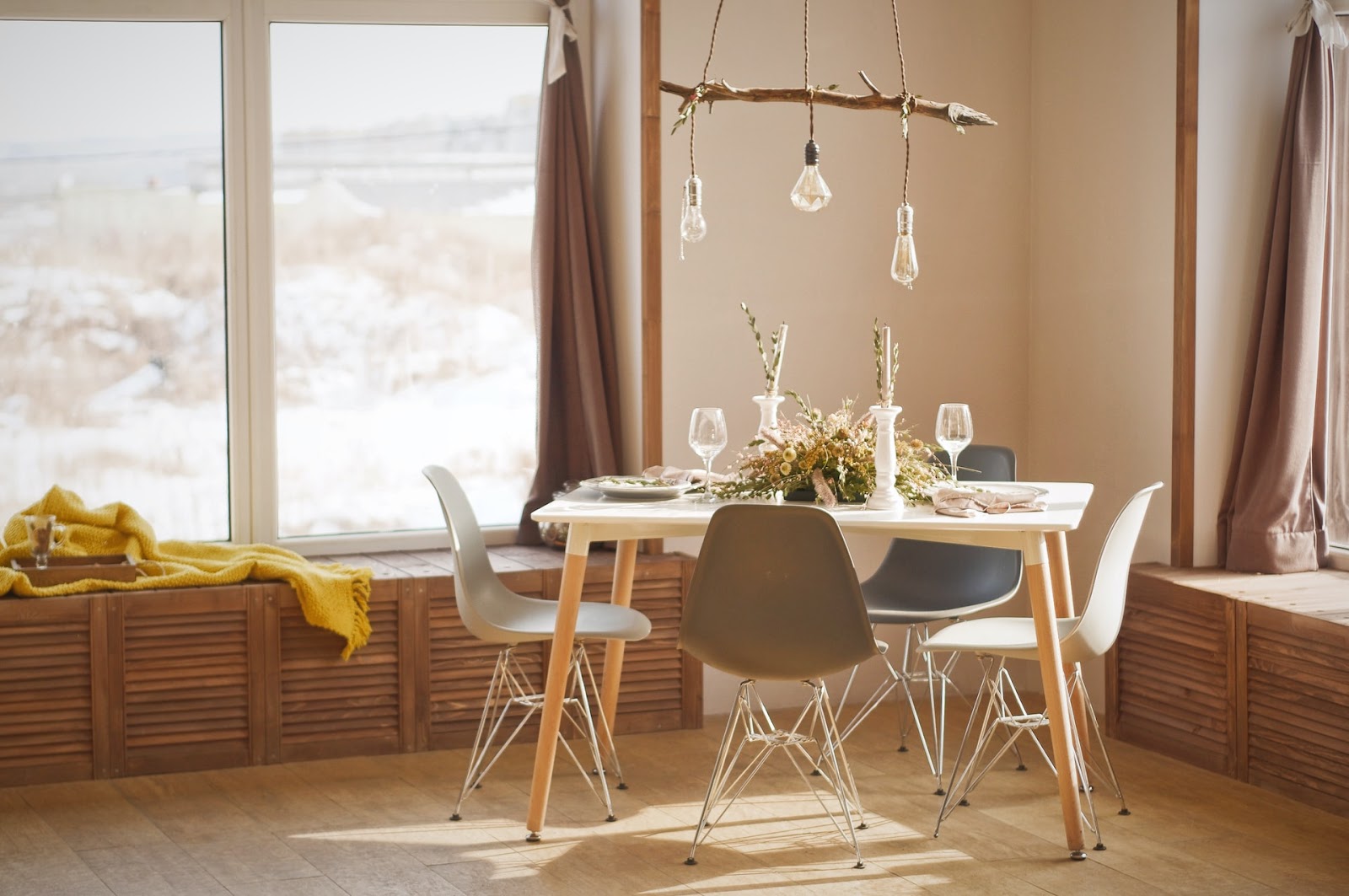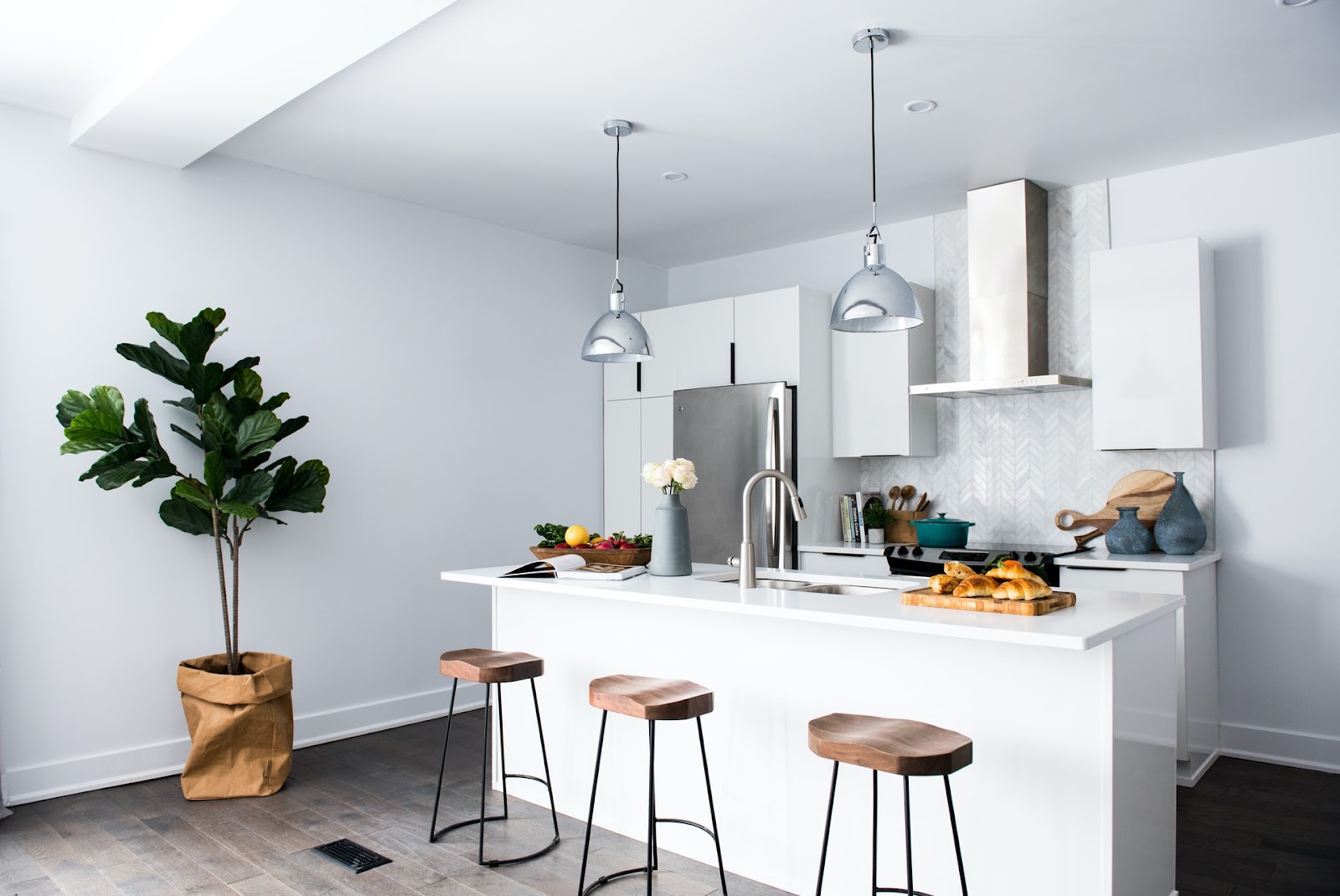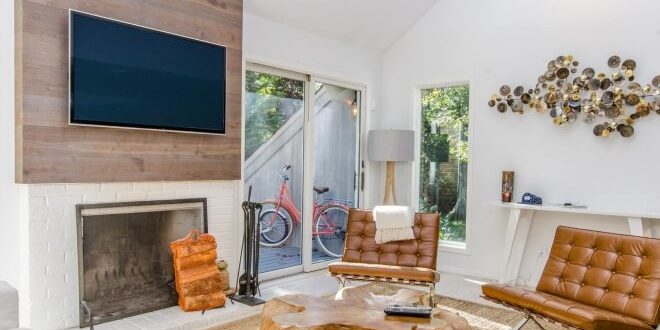If you watch the news or go through Twitter, you can see that our planet is in dire need of help. Fires are raging, floods are going wild and extreme weather is reaching new levels each year. Many of these natural catastrophes are due to our irresponsible lifestyles that create a lot of waste and pollution. While it doesn’t seem like much, if you green up your living space you can help Mother Earth AND provide your family with a healthier living environment.
Start with flooring
It’s only natural to start from the floors. Wood and stone are pretty good alternatives to vinyl which is made of toxic plastic. Aside from being more sustainable, these materials are also more durable and stylish. If possible, you can use local materials to further reduce emissions and costs and have an even greener flooring solution.
 Let the sunshine in
Let the sunshine in
Maximizing natural sunlight will not only make you feel more at ease in your home, but it will also reduce your electricity and heating bills. If you live in cold climates, free your windows of heavy curtains and let more light and warmth in. As long as you have good insulation, you will get to improve your energy efficiency. When the weather gets hotter, you can employ blinds to minimize the use of your AC, and in the evening, you can open your windows and provide your home with natural and free ventilation.
Opt for sustainable materials
Plastic chairs and tables are cheap and practical, but if you want to have a sustainable home, they won’t do any good for you. Designing for durability is one of the most important sustainable elements for green spaces since it keeps the landfills empty and reduces the production of new items. Things like durable furniture, recycled nylon, eco-friendly leather and repurposed products will not only reduce your carbon footprint but also ensure your environment is filled with wellbeing and comfort. This is something plastic or PVC can never provide you with.
 Reuse and recycle
Reuse and recycle
Vintage and antique décor is a big thing in interior design, so you can freely fill your home with items that are not new. If these old items are damaged, you can repurpose, refinish or refurbish in many ways to save them from the landfills. Today, almost everything from tiles and floors to carpets and fabrics can be made of recycled or reused materials so do your research and choose something eco-friendly.
Avoid VOCs
Volatile Organic Compounds or VOCs are chemicals found in many household products (cleaners, paints, air fresheners, carpets, furniture, etc.) and they can contribute to various health problems as well as increase air pollution. In some cases, VOC concentration in homes is up to five times higher than outside, so make sure to let only low to zero-VOC products into your house.
 Go big with plants
Go big with plants
Some twenty or thirty years ago, the only green thing you could see in homes were plastic plants covered in dust. Luckily, these days are behind us since more and more people choose to surround themselves with natural plants and other nature items. Today, designers are including flowers or potted plants into every corner of the house and people are embracing the trend quickly. Plants will refill your space with fresh oxygen, filter out the toxins and provide your eyes with something beautiful and relaxing to look at. And don’t worry if you’re not the best botanist out there. Low maintenance succulents and cacti, indoor bulbs and fresh flower bouquets require minimal care yet provide you with many benefits.
Finish the space with natural textiles
Sure, your furniture and flooring can be made with natural materials, but that’s not where the story ends. Your throw pillows, upholstery, bedding and other fabrics can also be natural, so you can further minimize the production of synthetic materials. For instance, wool is a great natural material suitable for many uses, from upholstery to carpets. It’s sustainable, biodegradable, recyclable, odor- and dust mite-resistant, anti-bacterial and hypoallergenic, all of which makes it a perfect material for every environment conscious home. Rubber tree latex is also a good material, especially for upholstery. It’s made from natural materials and is VOC-free.
It’s so comforting to spend time in nature and surround ourselves with all its gifts, so we need to do our best to protect nature and green up our lifestyle. If we let nature into our homes, we can ensure a healthy and green future for all.



